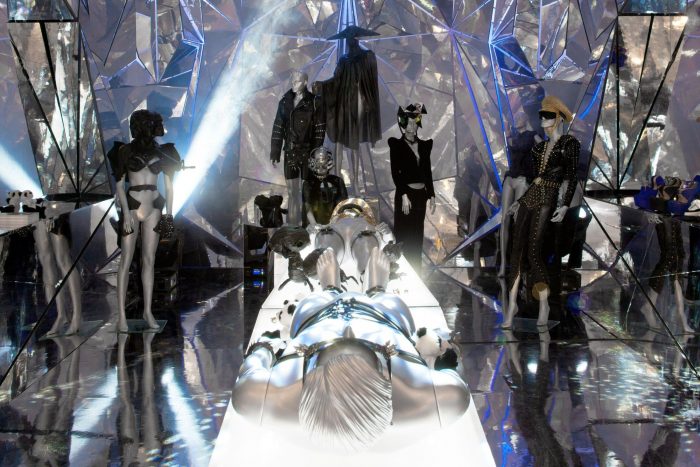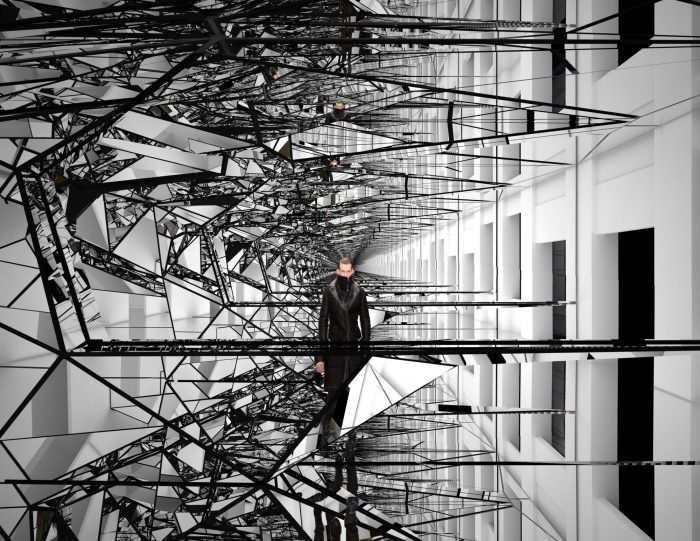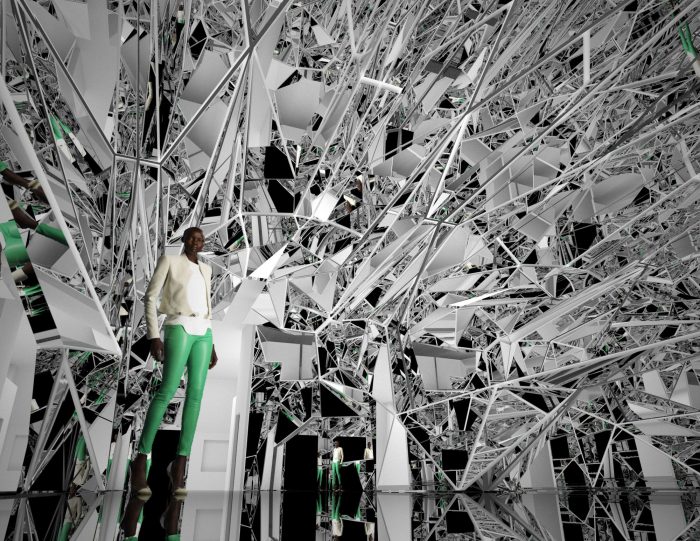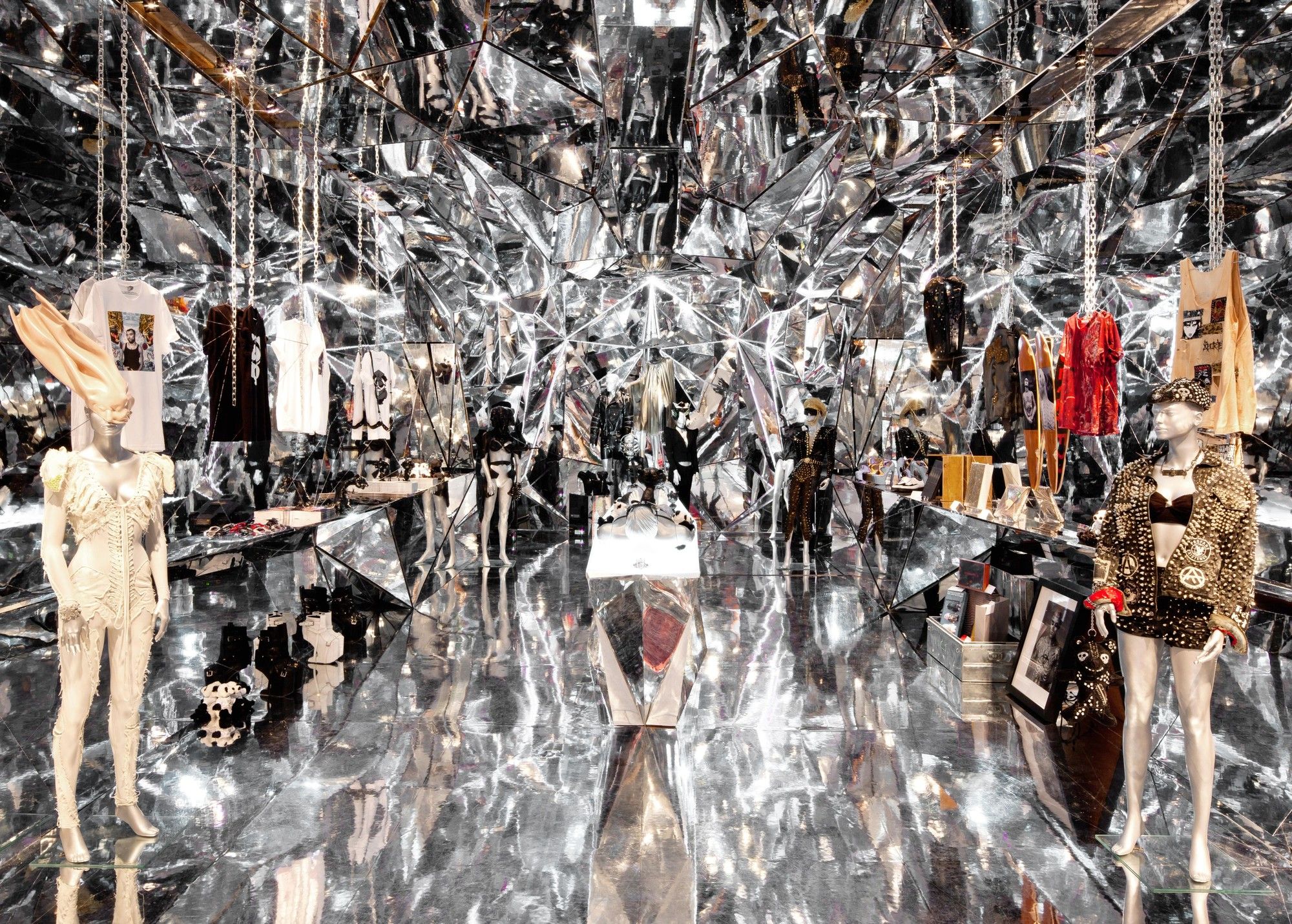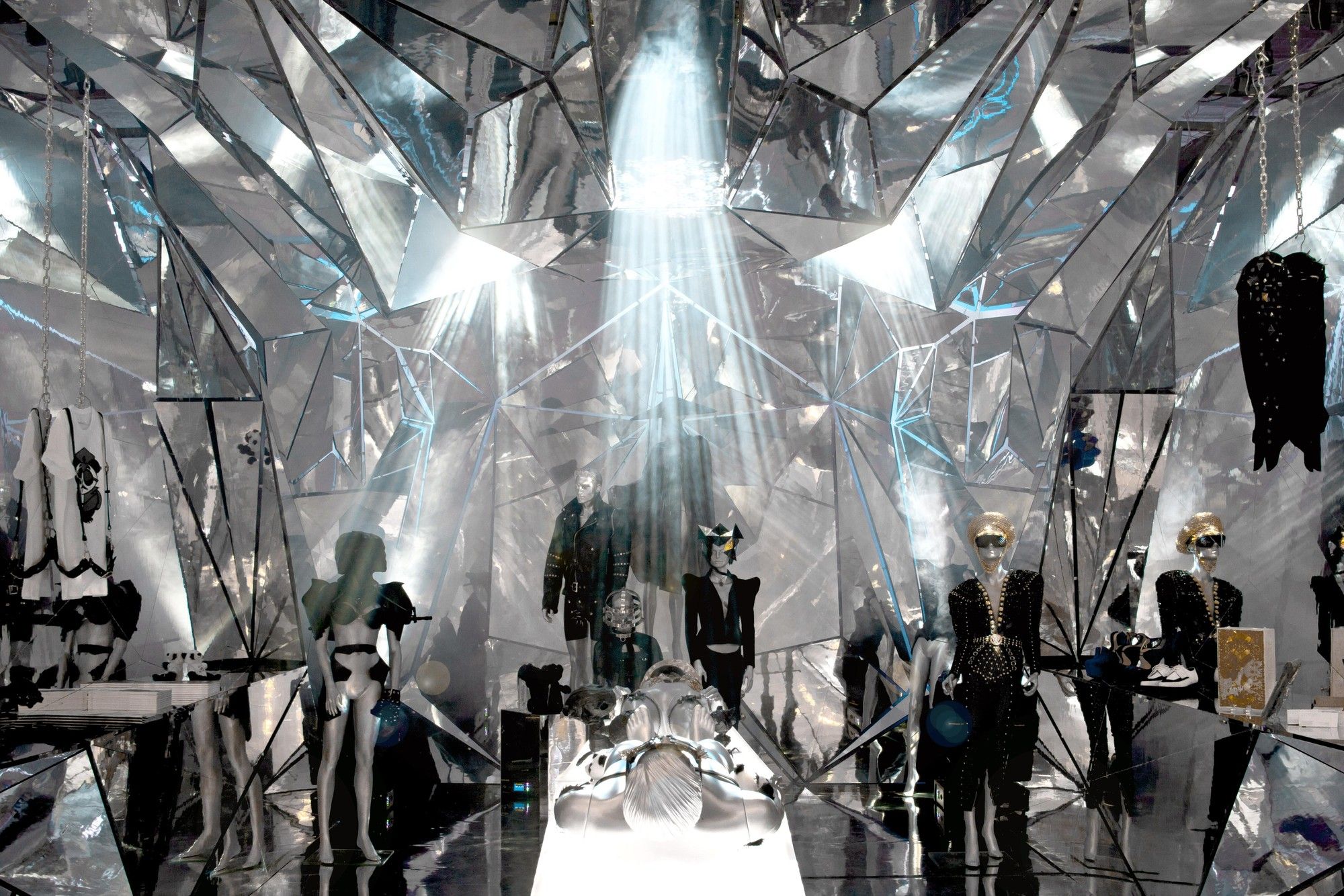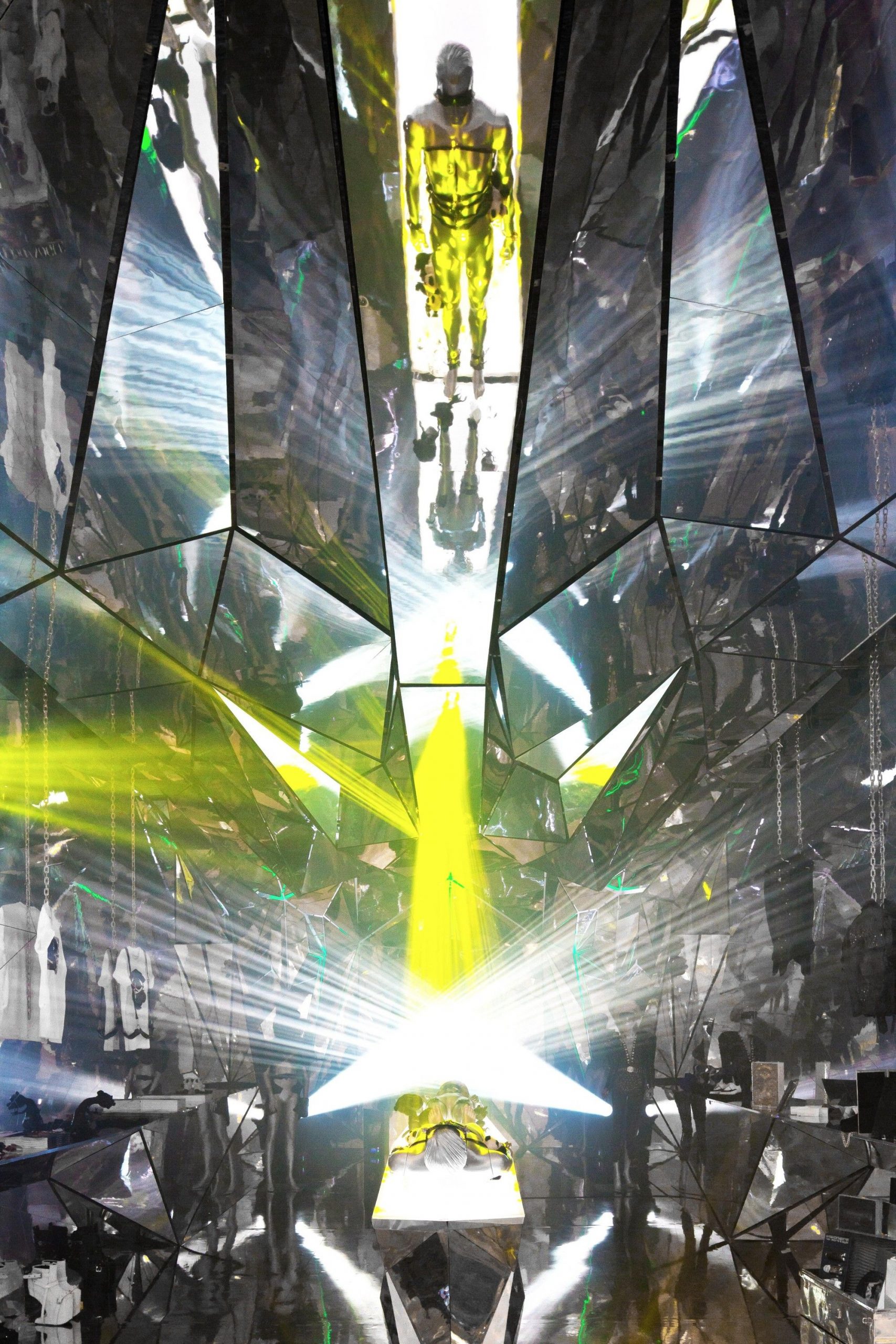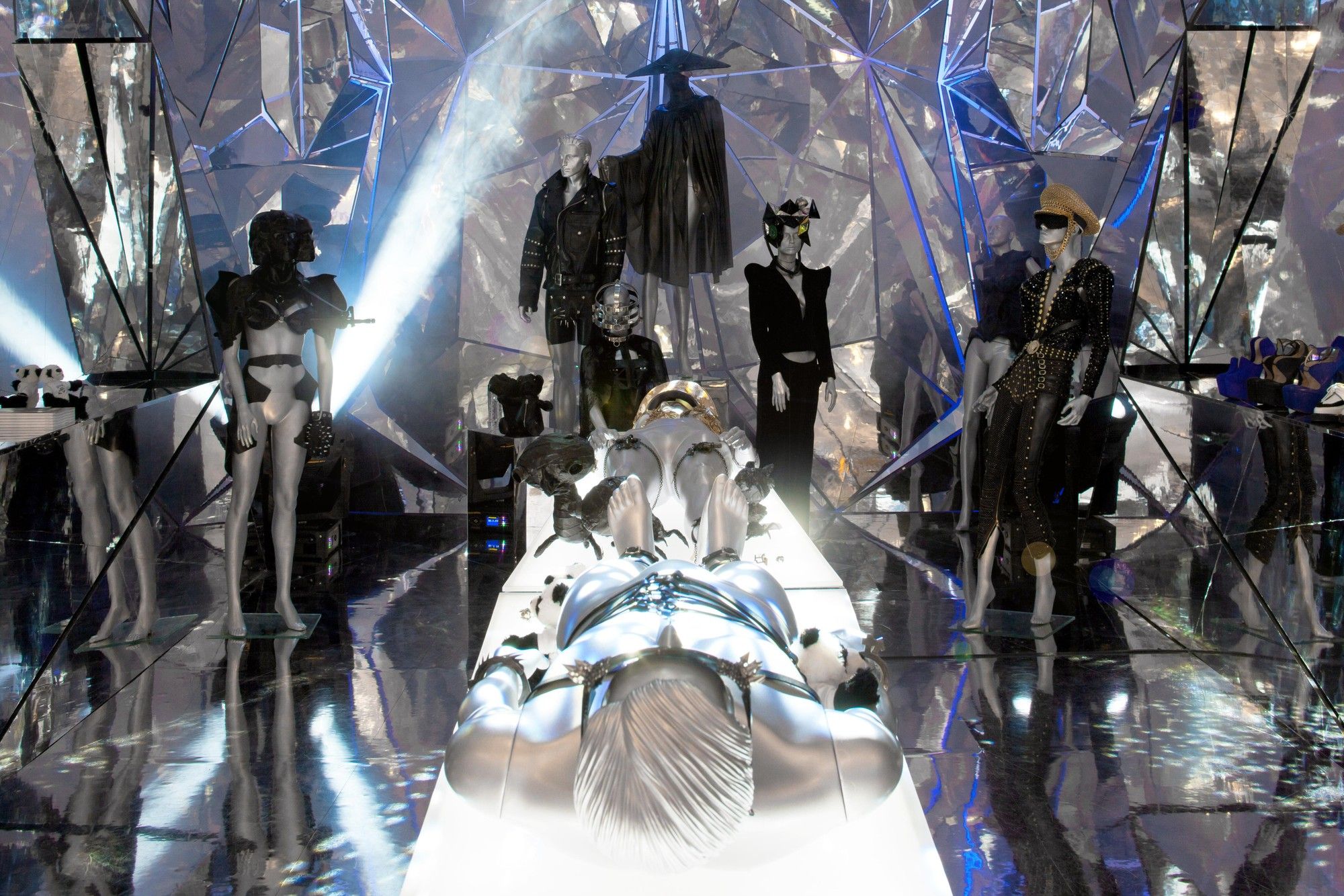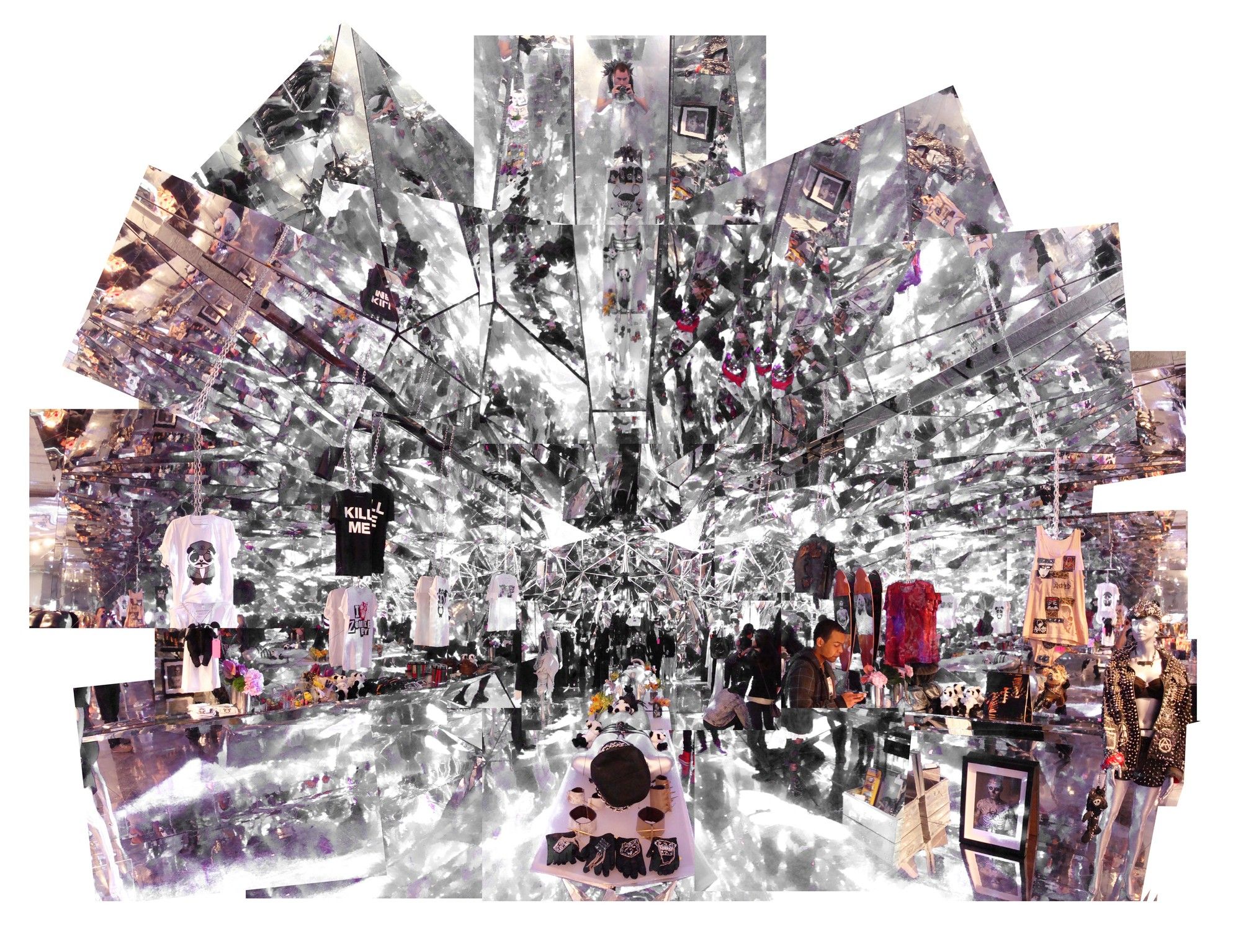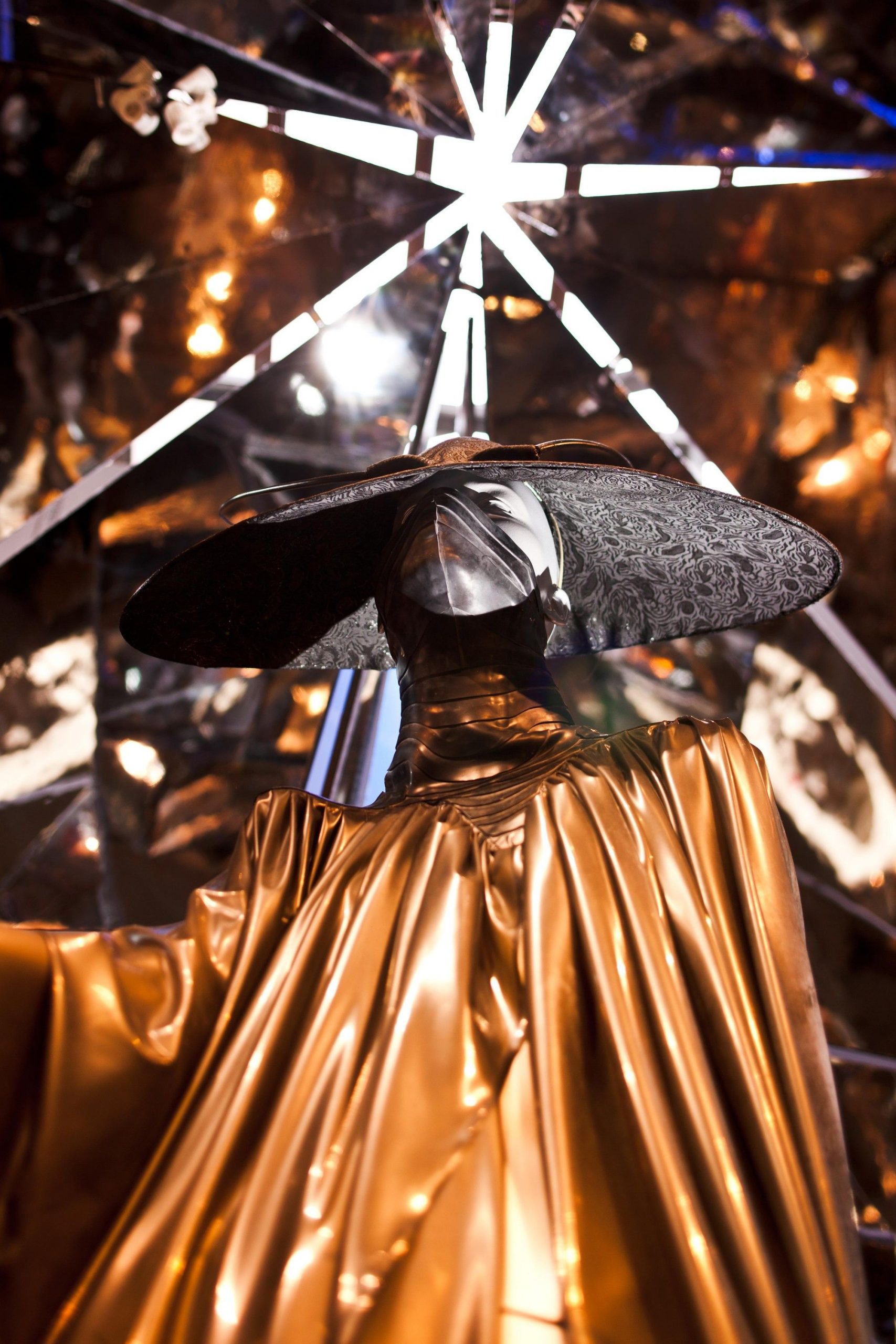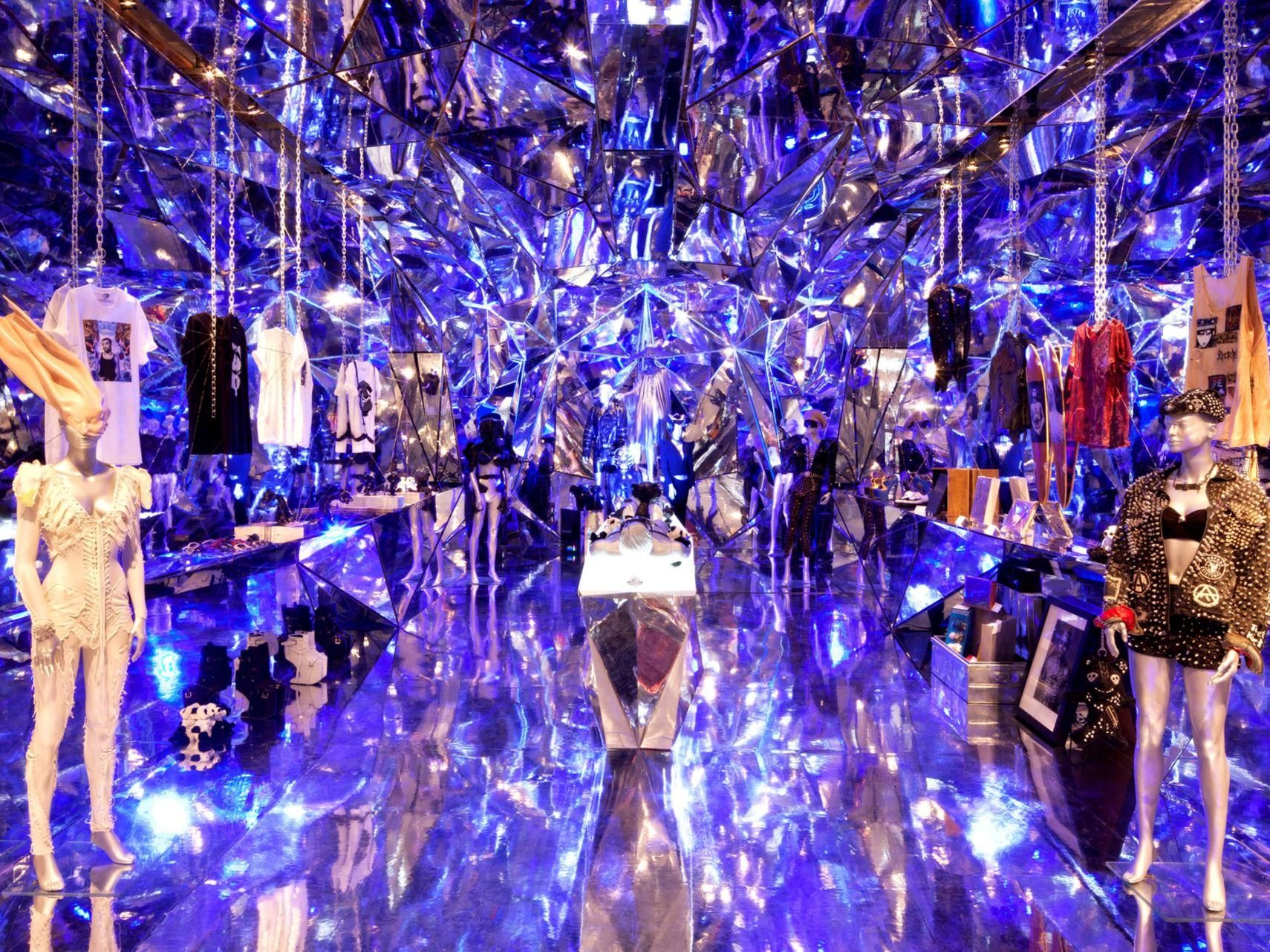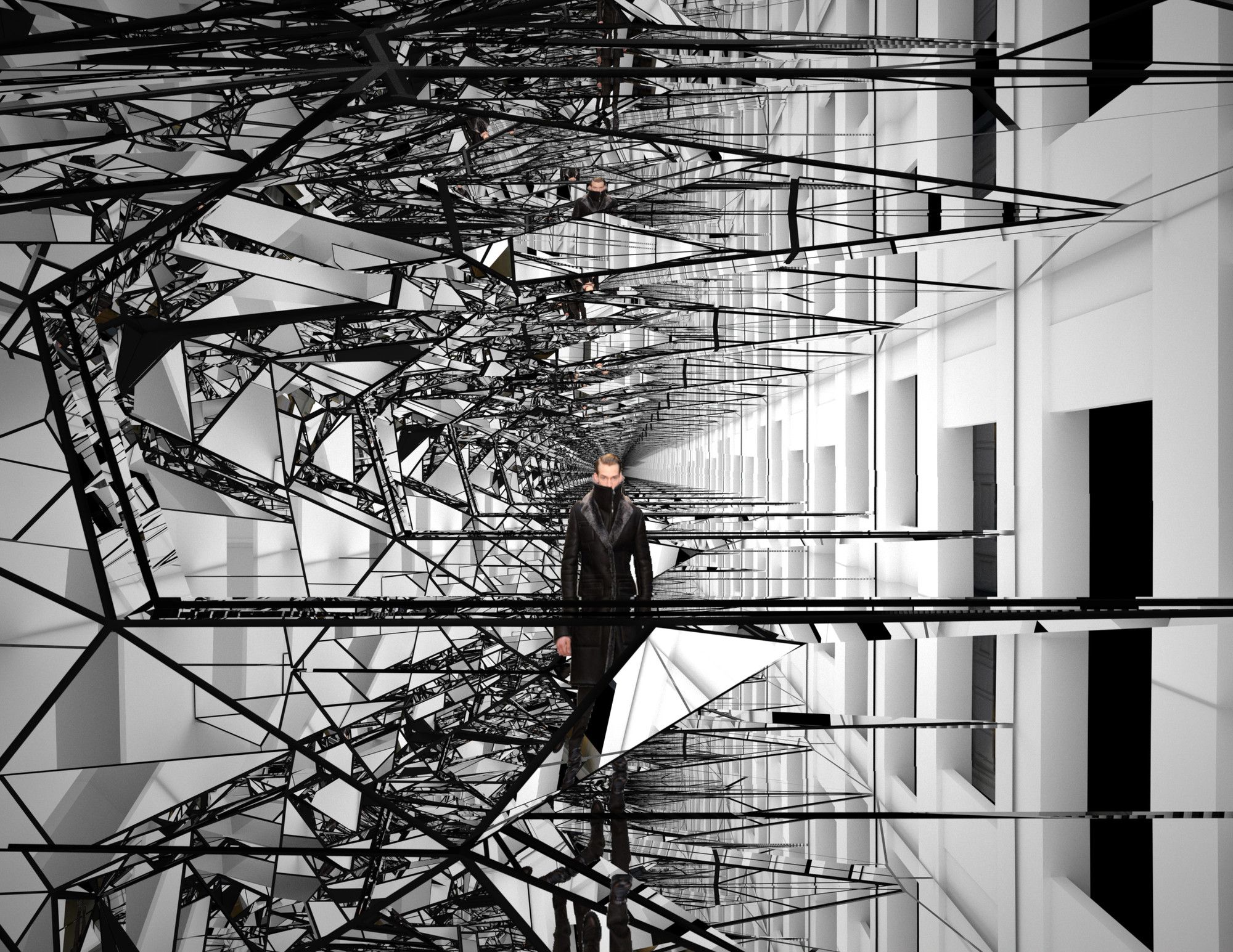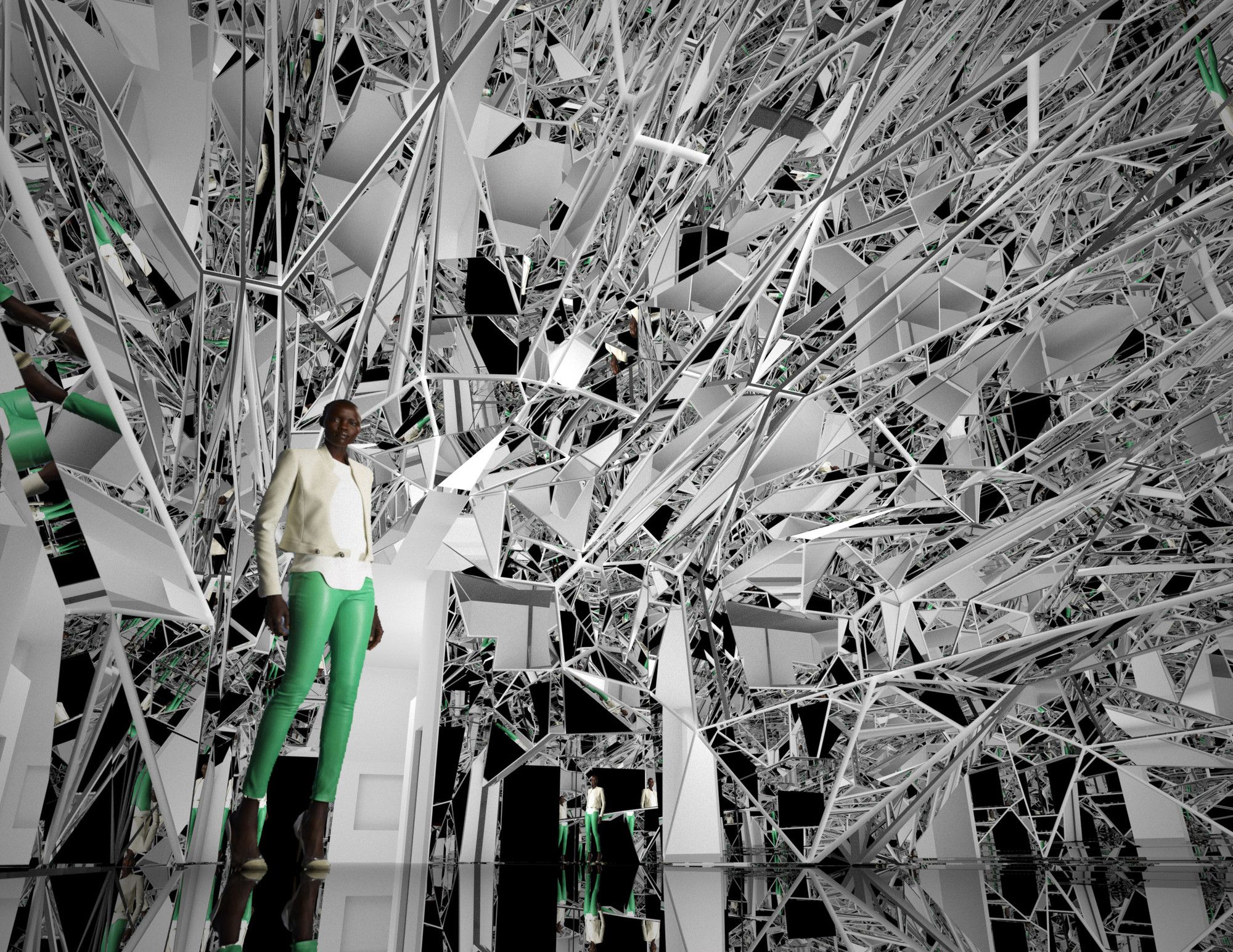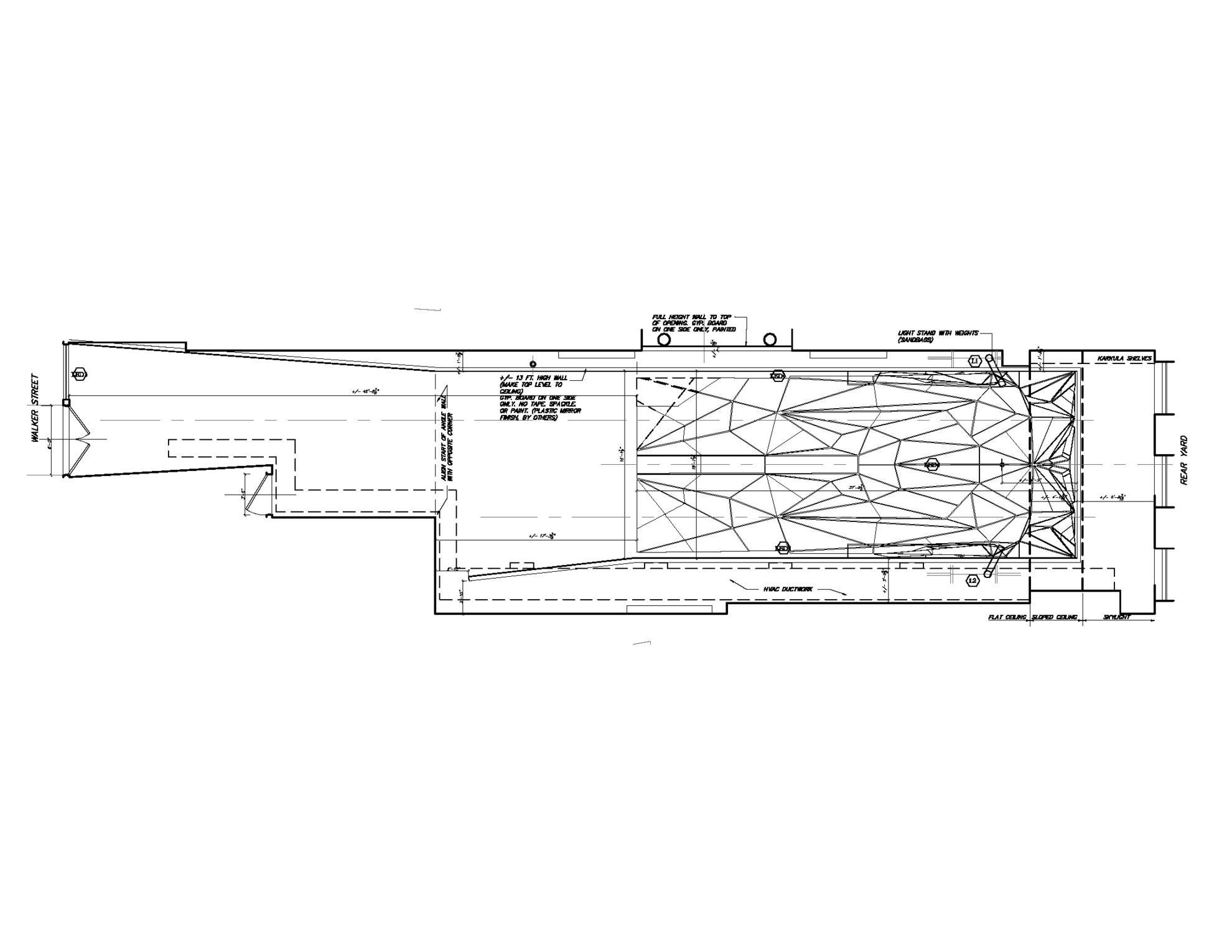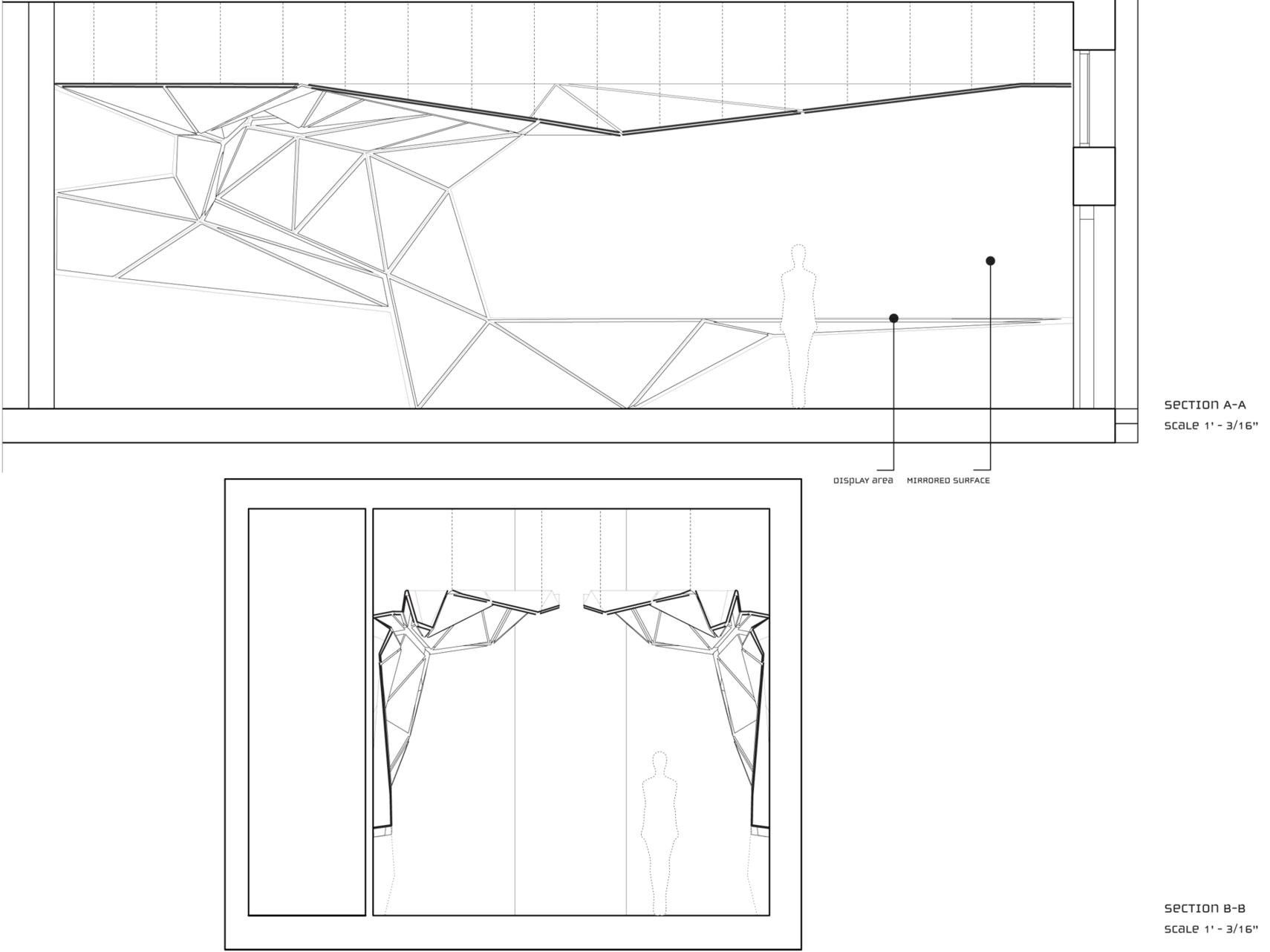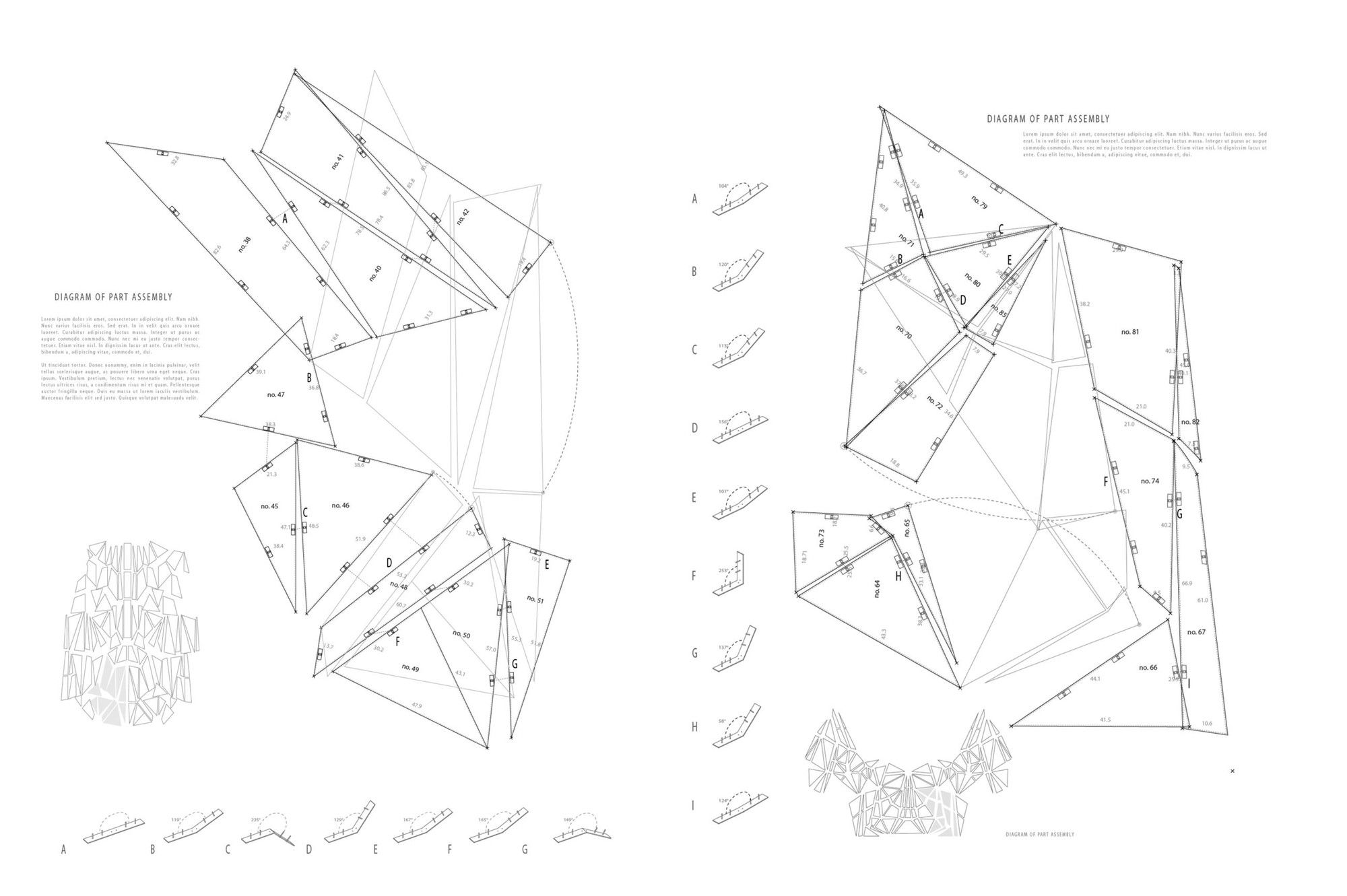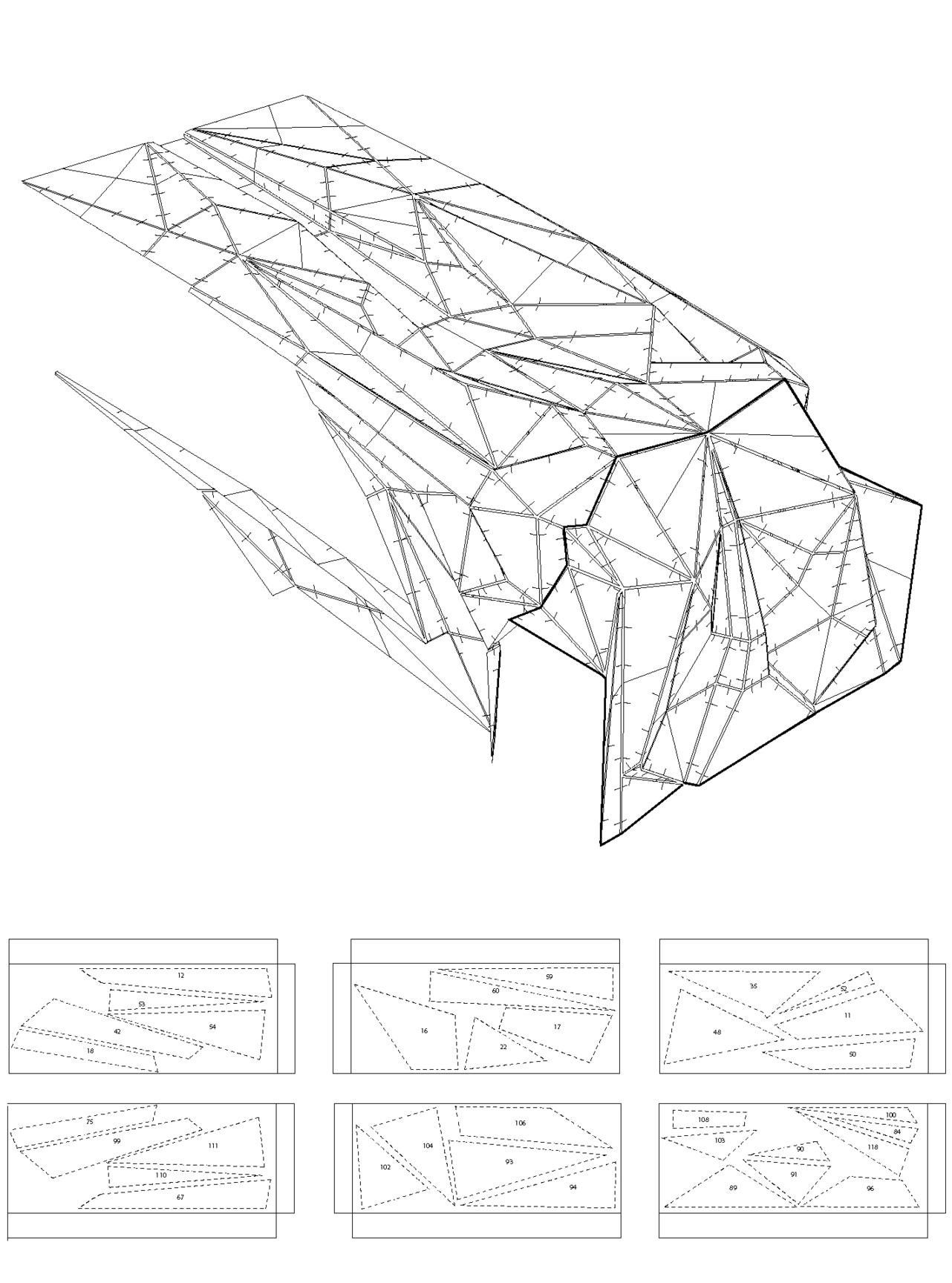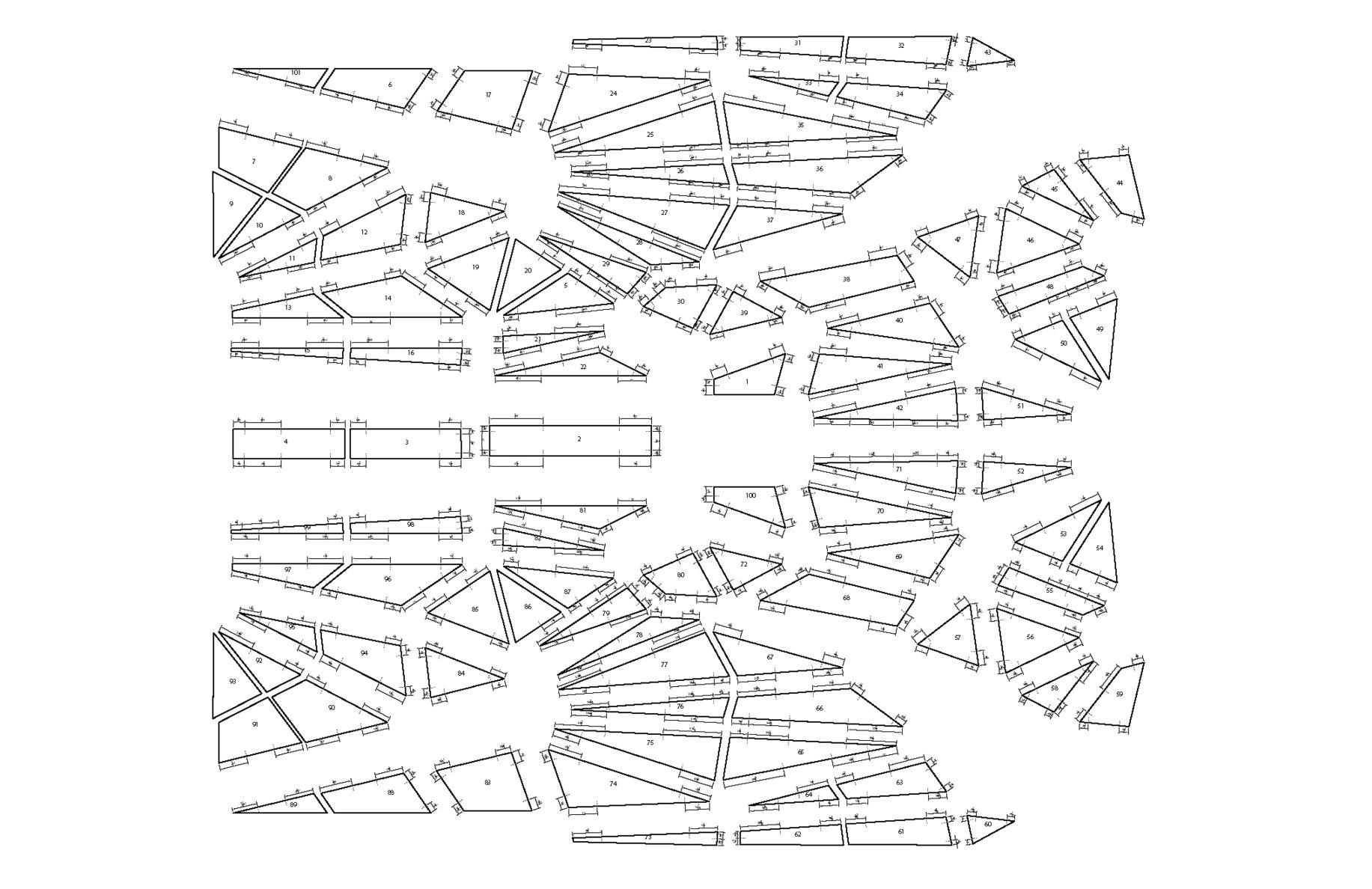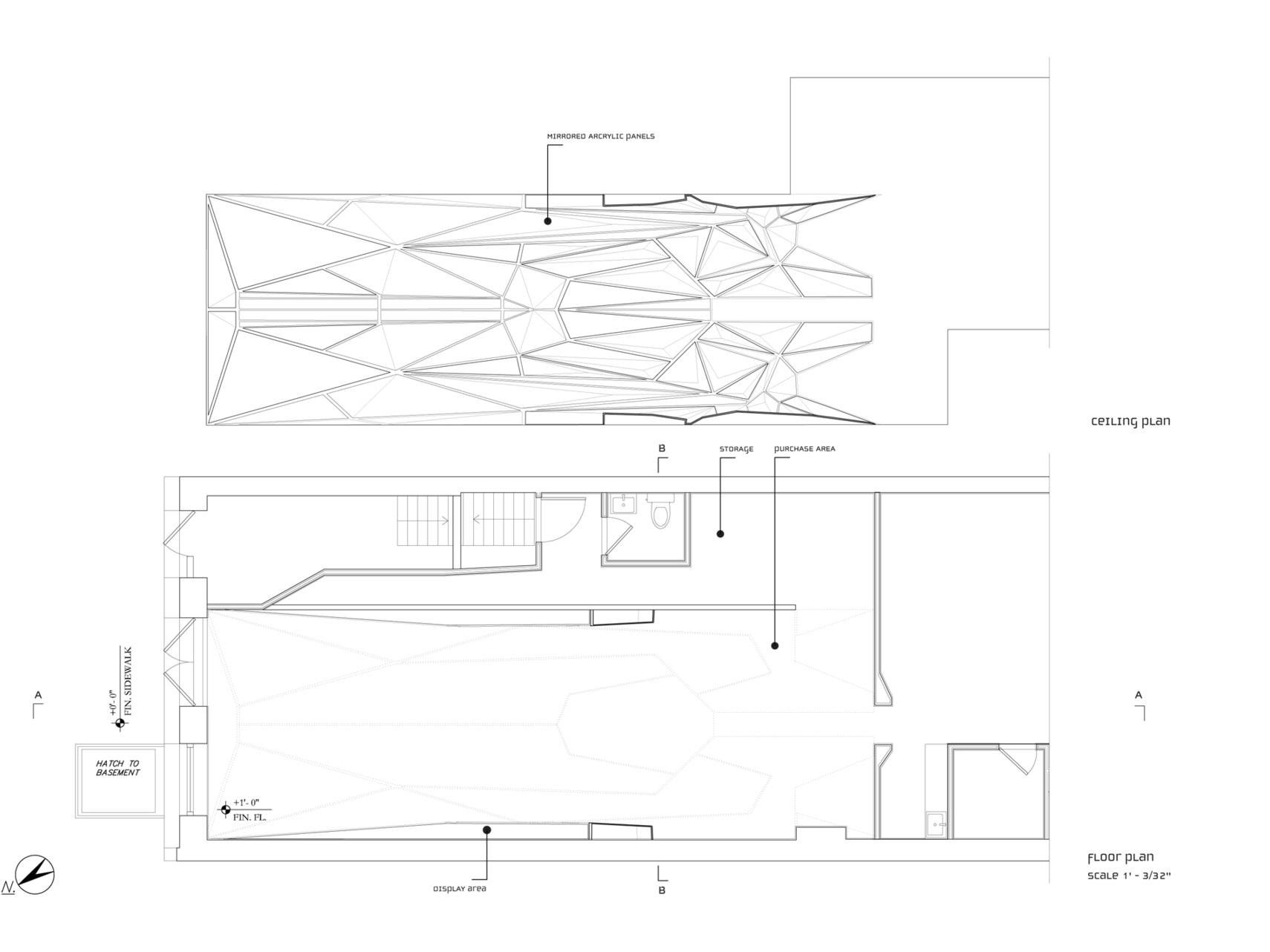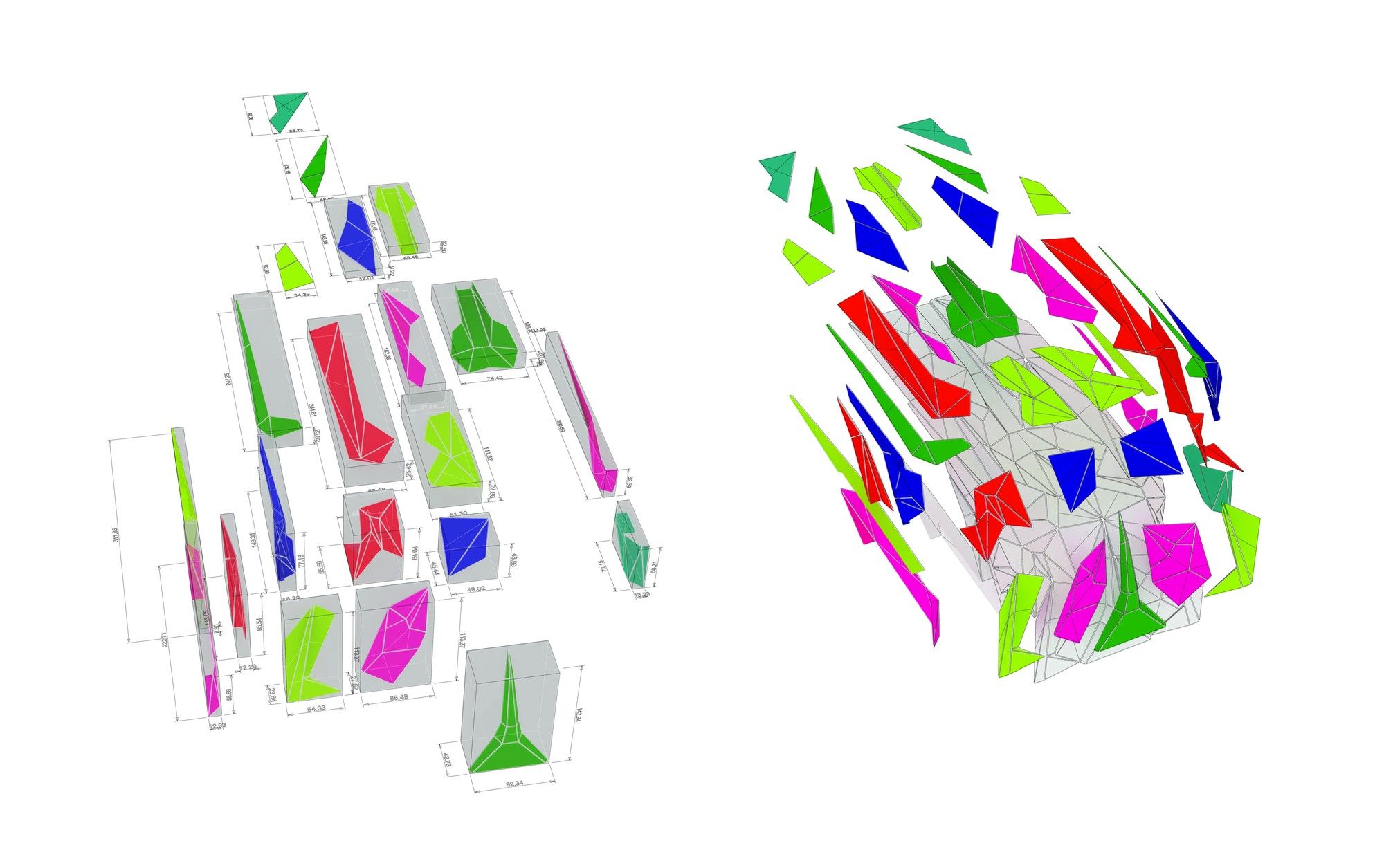The Nicola Formichetti New York Store by Gage Clemenceau Architects was designed to break the mold between the relationship between architecture and fashion, believing spaces should be made to showcase and magnify the impact of fashion design. Out of all the arts, fashion is one of the most drastically changing fields of design, yet it is one of the most popular and increasingly important in society. Within this artistic discipline everyone has their own opinion, and that opinion is easily seen by the clothes they purchase and wear on a day to day basis. Yet fashion has often been restrained by a minimal architectural box with the intent to focus the viewers’ attention on the garment with the belief that this method of presentation enhances the ability to sell the clothes.
The combination of artistic disciplines Nicola Formichetti store have historic roots in the 19th century German term Gesmatkunstwerk, which describes the mixing of the more traditional “arts” of music, sculpture, painting, etc. But what is fashion design? Isn’t it the art of sculpting fabrics around the human form? And in the same regards, can’t architecture be described as a sculpture of different materials to create an inhabited space? Of course architecture and fashion cannot be simply defined by those definitions. It is the underlying emotion and feeling one gets when occupying a great space or seeing fabric draped on a form that elevates anything that we consider art to the point that associations between high art and fashion have never been stronger.
The 1,300 square foot Nicola Formichetti store constructed in 2011 not only showcases fashion designs but showcases innovative and progressive architectural ideas as well. The store is comprised of hundreds of robotically cut and mirrored facets mounted to a lightweight composite structural backing through a system of precisely bent aluminum clips. First these pieces were hung from the ceiling and walls and then secured to the floor. The large sheets of mirrored abrasion-resistant plastic covering the floor help to produce an endless reflective environment. With this design the clothes are refracted in a variety of unexpected perspectives, allowing the architecture to become an active participant in the display of the merchandise while creating unique special and optical effects.
I think the idea of using architecture as a way to work with the fashion being shown rather than merely provide a backdrop is an interesting concept. The description of the installation reminds me of a hall of mirrors and a prism, where one could find themselves lost within the room by the dizzying effect. In this case the balance between architecture and fashion I feel is unstable as the clothes are swallowed up by the space. This leads me to question if the dramatic visual effect were to be toned down slightly if that would lend itself better to its function, however one thing is certain as I study this design, it definitely is not boring.
Courtesy of Gage Clemenceau Architects
Courtesy of Gage Clemenceau Architects
Courtesy of Gage Clemenceau Architects
Courtesy of Gage Clemenceau Architects
Image © Patrick Bradley
Courtesy of Gage Clemenceau Architects
Courtesy of Gage Clemenceau Architects
Courtesy of Gage Clemenceau Architects
Courtesy of Gage Clemenceau Architects
Second Floor Plan
Section
Diagram
Detail
Detail
Detail
Detail


